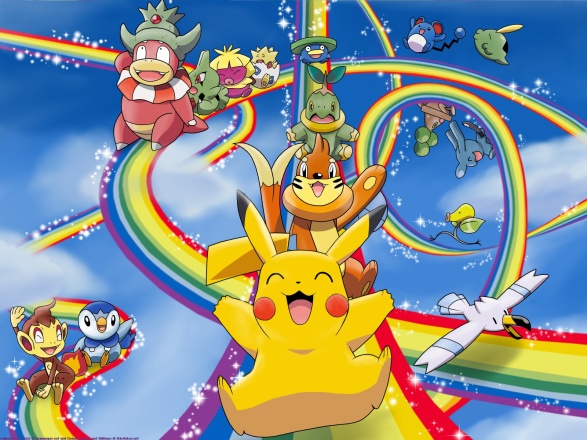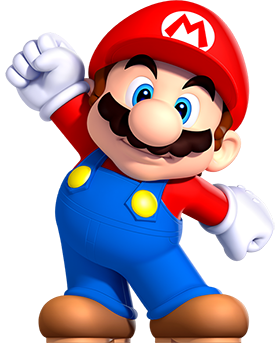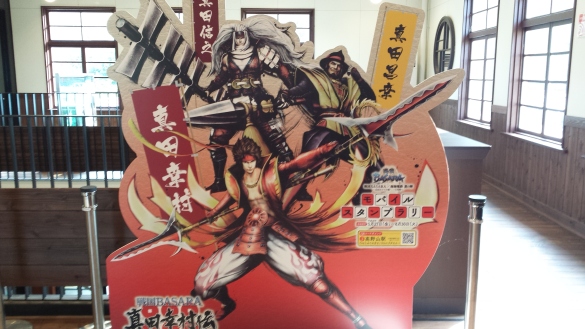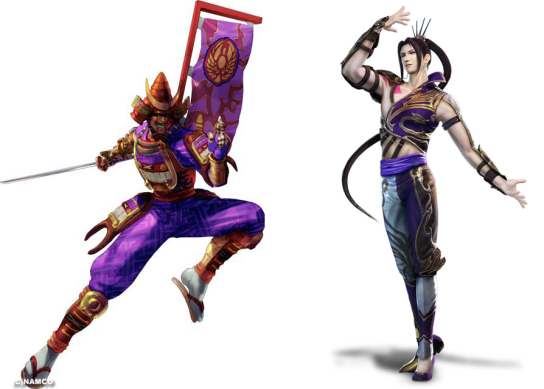
I wouldn’t be who I am today if it weren’t for games – not only were video games an important pastime and hobby of mine as a young teen, but the most memorable games inspired my creativity. Some of my first stabs at non-fiction writing were essentially bad video game fanfiction (thankfully, not quite this bad). I taught myself to sew so I could cosplay as some of my favorite video game characters. I’ve even had friendships with people half-way across the globe that I wouldn’t otherwise had met if it wasn’t for a mutual love of certain video game franchises and characters.
Now, many of these things, such as cosplay, bad fanfic, and online friendships, were similarly inspired by a love of Star Wars and Harry Potter during those formative teenage years. But only video games have the privilege of drawing me towards Japanese culture and history more broadly. Anyone who’s played console and PC games for a number of years has likely played a video game created predominately by a Japanese team. Japan is a dominate force in the AAA commercial video game industry; for instance, popular Japanese games, such as titles in the Pokémon and the Legend of Zelda series, typically sell as well in the West as they do in the domestic market.
In any case, the large appeal and success of Japan’s games abroad, I think, rests not solely on the gameplay but the characters available in gameplay. In Millennial Monsters: Japanese Toys and the Global Imagination anthropologist Anne Allison wrote that Japan is a “character empire” with icons such as Hello Kitty and Pikachu being recognized as ambassadors of their respective brands abroad. The importance of character branding in games is unsurprising given its wider prevalence in Japanese media culture, including anime and manga. Indeed, many early video game studios in Japan sought talented artists and writers from the extant anime and manga trades.
 With creatives from Japan’s comic book and animation industries bringing character design and complex storylines into digital games, Japanese video games may have been some of the first in the industry to emphasize plot, writing, and characterization. Japan’s video games include some of the most memorable characters that represent the industry at large, going as far back as the likes of Nintendo’s Mario who originated in 1981. Since the introduction of Nintendo’s cute and unforgettable icons, Japan’s video games have arguably set a high bar for character design and pushed the market in new directions. As recently with the release of Nintendo’s and Niantic’s Pokémon GO, the success of first-party console developers in the mobile games market has been attributed to the gaming public’s affinity for recognizable characters from popular franchises.
With creatives from Japan’s comic book and animation industries bringing character design and complex storylines into digital games, Japanese video games may have been some of the first in the industry to emphasize plot, writing, and characterization. Japan’s video games include some of the most memorable characters that represent the industry at large, going as far back as the likes of Nintendo’s Mario who originated in 1981. Since the introduction of Nintendo’s cute and unforgettable icons, Japan’s video games have arguably set a high bar for character design and pushed the market in new directions. As recently with the release of Nintendo’s and Niantic’s Pokémon GO, the success of first-party console developers in the mobile games market has been attributed to the gaming public’s affinity for recognizable characters from popular franchises.

The popularity of branded characters in Japanese games is evident in the likes of Gundam, Final Fantasy, and Capcom theme cafes located in Tokyo. My love of Japanese franchise Resident Evil (Biohazard in Japan) was documented quite recently in my review of the Capcom Café, which I visited in cosplay of Jill Valentine on two separate occasions to sample the literal ‘Jill Sandwich’ and merchandise offerings. The café circulates different Capcom games as themes reflected in new food items and merchandise that center on particular franchise’s characters. There’s no denying the popularity of Resident Evil’s playable characters, such as Jill, Chris, and Leon, who also star in spin-off CGI films, comic books, and even made appearances in the Paul W. Anderson film franchise. These characters and others adorn merchandise ranging from keychains to coffee mugs and t-shirts to hand towels. In a very Japanese fashion, the Capcom Café embraces the success of its game characters.
The appeal of branded characters in Japan extends the likes of Akihabara and the shopping malls. When I took a trip to the more remote World Heritage Site, Koyasan, I couldn’t escape character sightings. I spotted a Sengoku Basara cardboard cutout at Koyasan’s train station, apparently promoting some kind of themed train ticket, specifically targeting fans of the series.

Japanese games have historically been successful with branding their games with popular, likeable characters. Consider Mario, who has practically been a household name since the 1980s and the array of merchandise available from that franchise alone. What Japan has arguably offered to the world of game design is an emphasis on memorable and unique characters, the likes of which Western games have imitated, perhaps most recently in Blizzard’s cast of inspirational Overwatch characters. The concept artwork for the game seems inspired by the Japanese anime aesthetic.
Indeed, Katherine Cross at Gamastura writes that the explosive fandom surrounding the cast of Overwatch and Pokémon GO is attributed to the simplicity of the character design. She writes, “there’s a lesson to be found in Overwatch and Pokémon Go: it takes shockingly little effort to create characters that people can get very deeply invested in.” I agree with the overall sentiment that characters grounded in simple narratives, when imaginatively designed and implemented, can be just as successful as more complex characterizations found in narrative-heavy roleplaying games. But I think there’s a caveat. The popular team leaders created for Pokémon GO already belong to an insanely popular Japanese media franchise with an established and strong fan base. And it seems Blizzard’s stylized Overwatch may have sought reception from a similar demographic of gamers that easily recognize Japanese influence in games.

Yoshimitsu (Soul Calibur III) and Zhange He (Dynasty Warriors 7) are two of my favorite game characters originating from Japanese franchises.
Undeniably, some of my favorite video game characters are Japanese in origin. They’re unique, memorable, and… just plain playful. I’ll never forget pummeling a swarm of Chinese peons with flamboyant Zhang He in Dynasty Warriors; trolling my opponents with Soul Cailbur’s (sometimes pink) cyborg-ninja Yoshimitsu; and fighting back the zombie hordes with the somehow campy yet (mostly) grounded cast of Resident Evil.
Are some of your favorite video game characters Japanese in creative origin? Do you think that Japanese character design sets a standard in the industry? I’d like to hear about your favorites!
Originally posted to Destructoid Community Blog.

My beautiful fro2rde30;yiu’ne allowed to have moments like this.If you don’t allow yourself to feel things things, I know first-hand that it will eat you up inside.I’m here, but you know that, right?xoxo